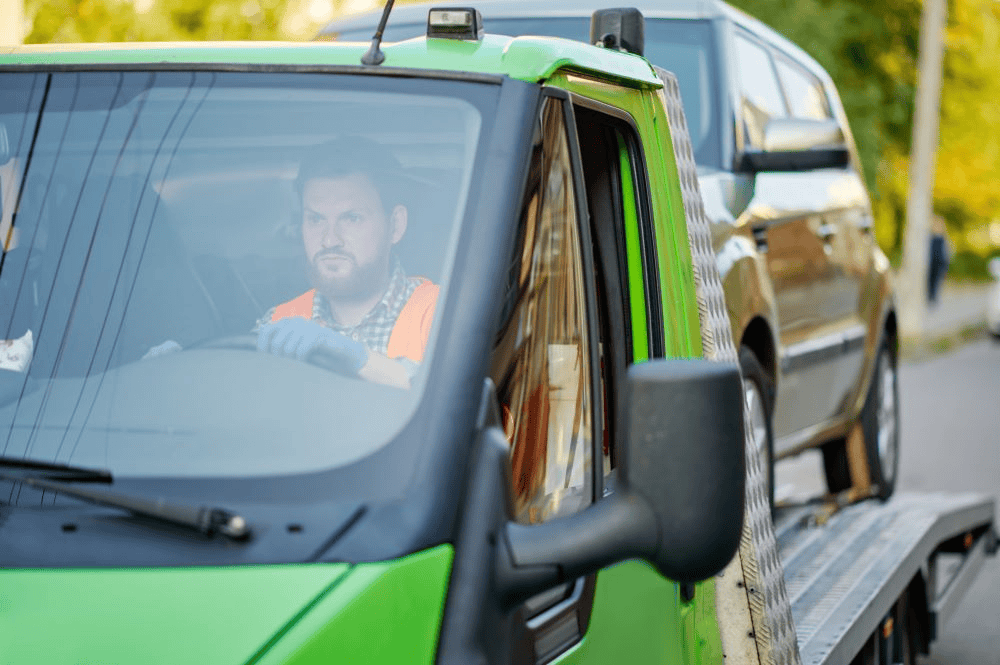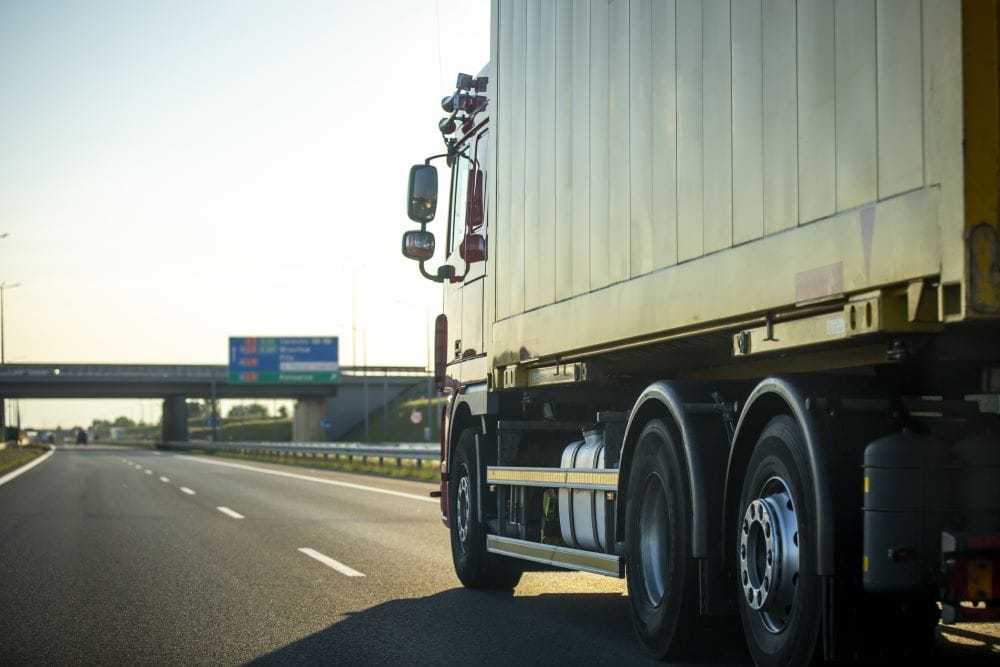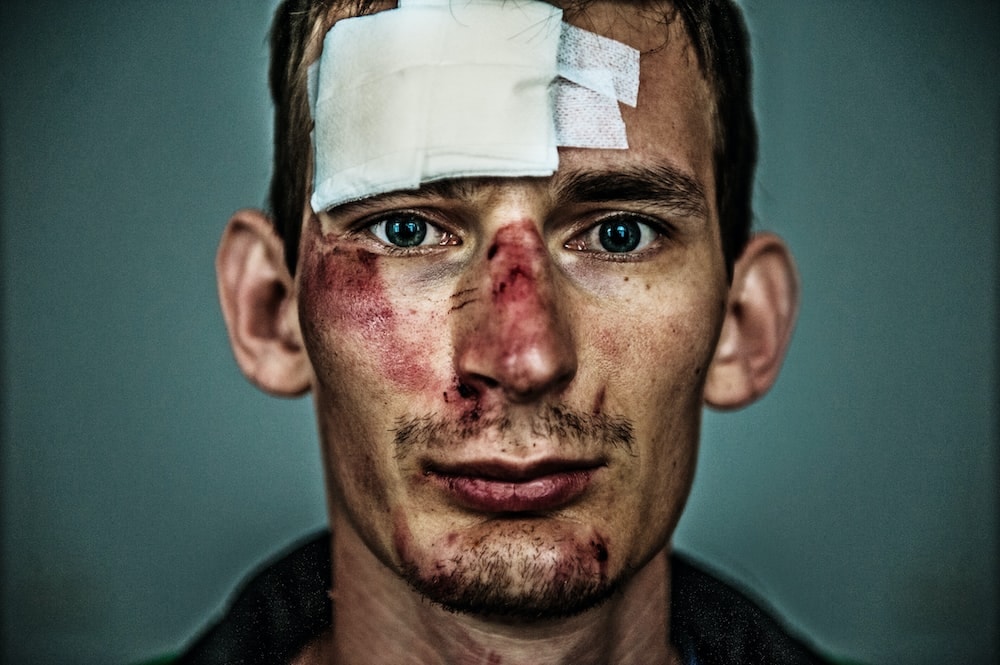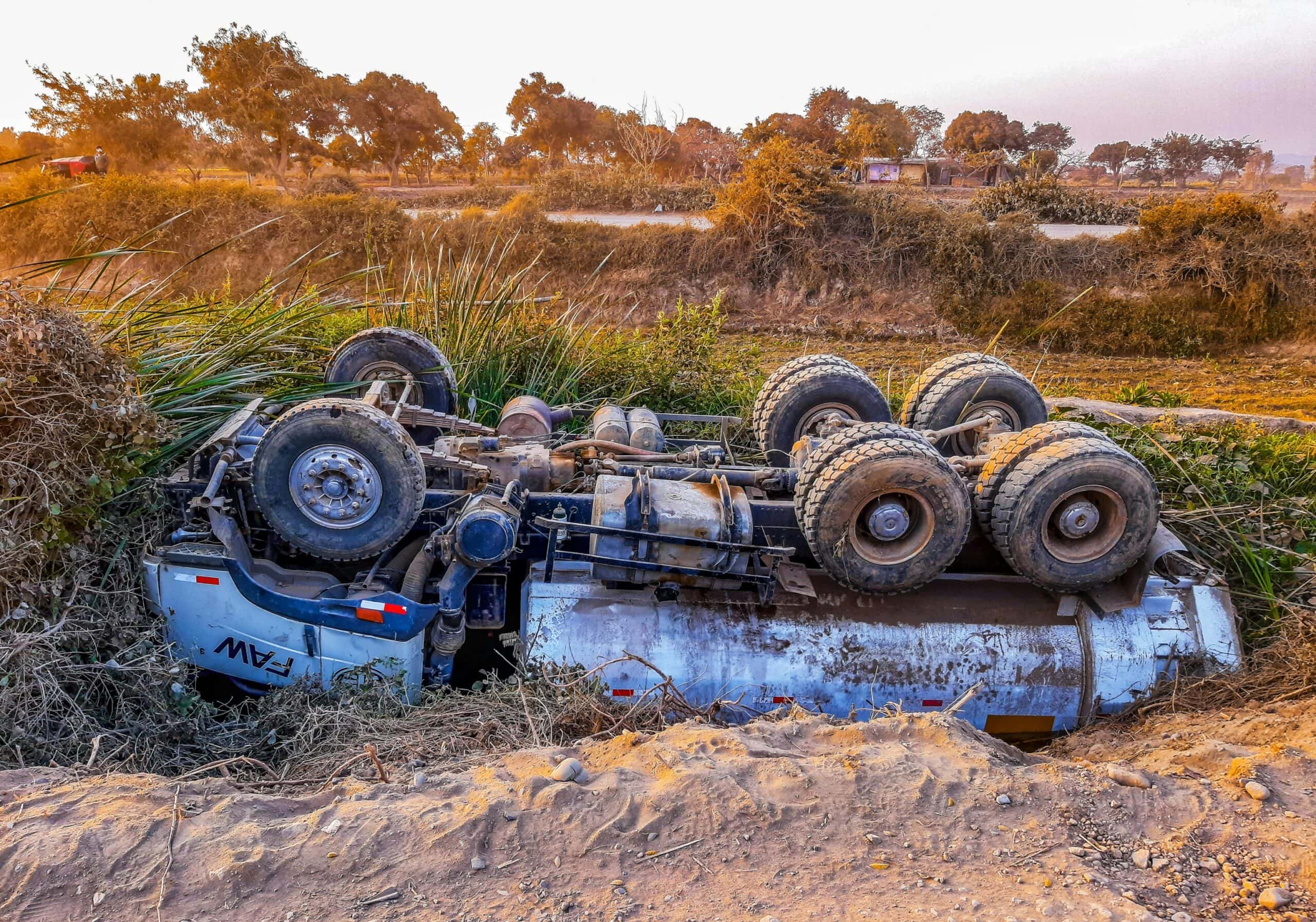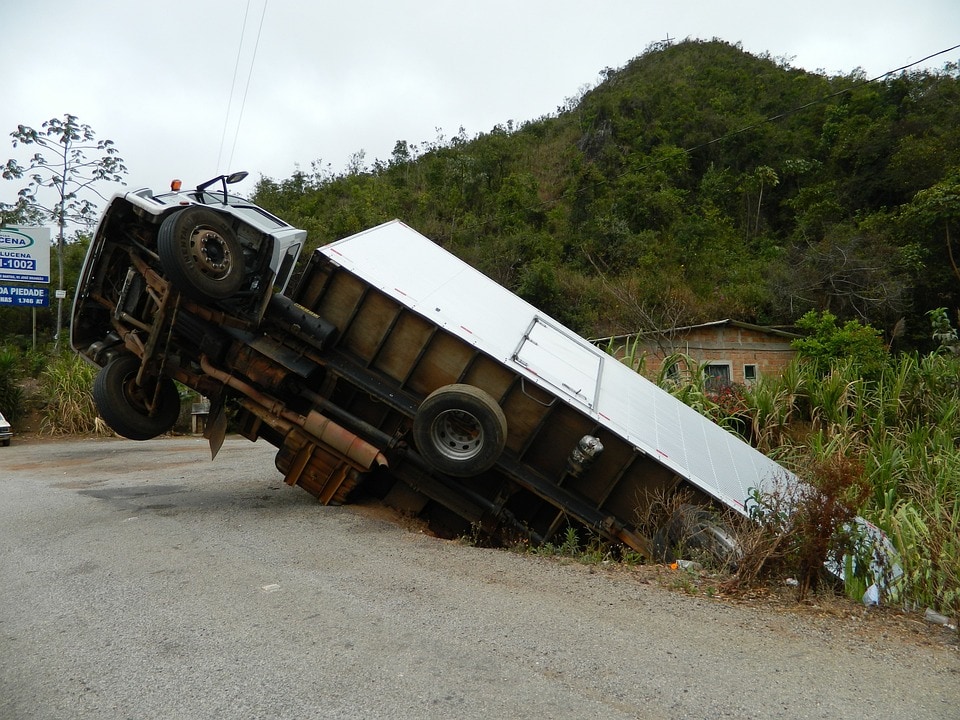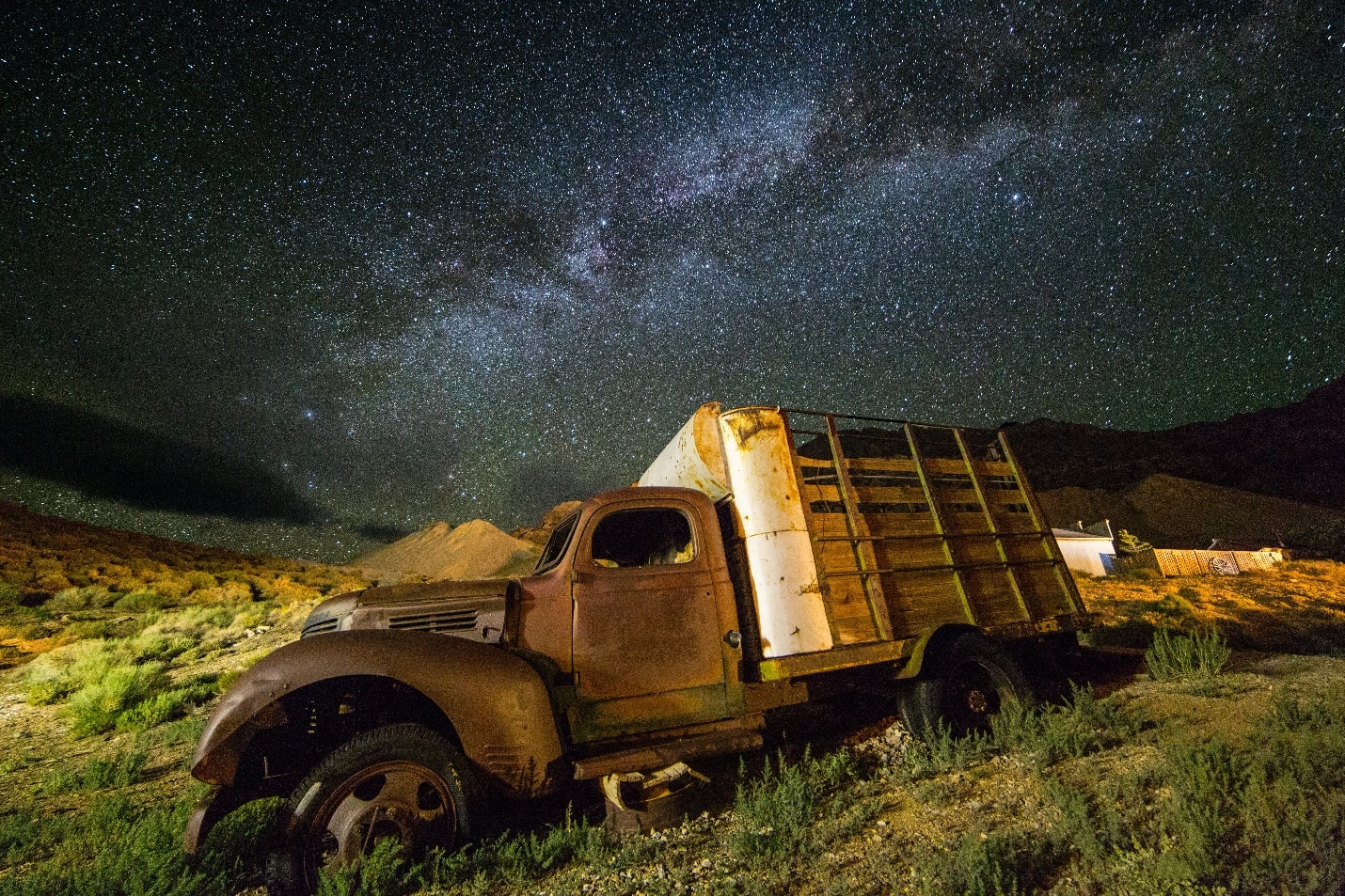
When a T-bone accident involves a large truck and a passenger vehicle, the consequences are often devastating. Bur before we think about proving fault in Denver T-bone truck crashes, we need to understand what makes them so dangerous.
These side impact crashes—where one vehicle slams into the side of another—can lead to serious injuries, especially in urban areas like Denver, where intersections are busy and traffic is dense.
In T-bone car accident cases, proving fault is one of the most critical steps in pursuing justice and recovering financial compensation.
This article explores how fault is determined in T-bone truck crashes in Denver, what evidence is needed, and how victims can protect their rights after a traumatic T-bone crash.
What Is a T-Bone Accident?
A T-bone accident (also known as a side-impact collision or broadside crash) occurs when the front of one vehicle crashes into the side of another, forming a “T” shape. These crashes are common at intersections, especially when drivers fail to yield, ignore traffic signals, or misjudge the speed of oncoming traffic.
Common Scenarios Where T-Bone Crashes Occur
- A driver turning left across traffic is struck by a vehicle going straight
- One vehicle runs a red light or a yellow light at an intersection
- Drivers violate the right of way, often at stop signs
- Distracted or reckless driving causes a failure to observe traffic laws
When truck accidents involve T-bone impacts, the results are even more catastrophic due to the truck’s weight and size, leading to spinal cord injury (SCI), traumatic brain injury (TBI), and internal bleeding.

Why Proving Fault Matters in T-Bone Crash Cases
In Denver, car accident cases depend on why they happen. Moreover, assigning fault determines which insurance companies are responsible for paying medical bills, property damage, and other losses. To recover financial compensation, you must first prove negligence—that is, show that the other driver acted unreasonably or unlawfully and caused the crash.
Fault also affects how much money you can receive. Under Colorado’s comparative negligence rules, if you’re partly at fault, your compensation may be reduced. Therefore, it’s essential to accurately determine fault early in the case.
Key Evidence Used to Prove Fault
Evidence always plays a crucial role in proving fault in any T-bone personal injury lawsuit. Therefore, you need to know more than just the speed limit or what comparative negligence means if you want compensation. Here’s a quick breakdown of the key evidence used to prove fault in such cases:
1. Police Report
After a T-bone accident occurs, the responding officer will document their observations, take photos, and often assign preliminary blame to one of the drivers involved.
The police report includes crucial facts like traffic signal timing, skid marks, and witness information.
While not legally binding, this report serves as strong supporting evidence for your insurance claim or personal injury lawsuit.
2. Witness Statements
People who saw the crash can offer important perspectives, especially when both drivers claim to have had a green light. Their accounts can help determine if driver B ran a red or yellow light, was speeding, or ignored a stop sign. Neutral witnesses often carry more credibility than either driver involved.

3. Traffic Camera Footage
Denver is equipped with intersection and traffic camera footage in many high-traffic areas. This video can show exactly how the accident occurred and what light each vehicle had.
It may also show whether one vehicle entered the intersection prematurely or failed to stop. This is often the most decisive evidence in T-bone collision cases.
4. Accident Reconstruction Experts
In complex cases—especially those involving severe injuries or fatalities—lawyers work with accident reconstruction experts.
These specialists analyze vehicle damage, skid marks, and crash dynamics to recreate how the collision occurred. Their reports can show whether one driver was speeding, braking, or improperly turning.
5. Skid Marks and Vehicle Damage
The angle and length of skid marks, as well as the location of vehicle damage, offer physical proof of how the collision took place.
For example, if the damage is on the side of the car that had the right of way, that supports a case against the at-fault driver. These elements help establish the direction and speed of vehicles involved.

Common Causes of T-Bone Truck Accidents
- Running Red or Yellow Lights: One of the most frequent causes of T-bone crashes. A truck driver may misjudge an intersection and proceed on a stale yellow.
- Distracted Driving: A truck driver checking a GPS, phone, or logbook may miss a red light entirely.
- Speeding or Failure to Stop: Especially when trucks cannot brake in time due to their momentum.
- Improper Turns: Trucks making wide or improper left turns can obstruct lanes, leading to an impact.
- Poor Visibility or Weather Conditions: These reduce reaction time and increase stopping distance.
Comparative Negligence in Colorado
Understanding the negligence of the other vehicle is crucial for any lawsuit. Here’s how the comparative negligence in Colorado works.
What Is Comparative Negligence?
Colorado follows a modified comparative negligence system. This means that if you’re partially at fault for the T-bone accident, your compensation will be reduced by your percentage of fault.
How Comparative Negligence Affects Your Case
- If you’re found 20% at fault and your damages are $100,000, you can recover $80,000.
- If you’re more than 50% at fault, you may not recover compensation at all.
That’s why proving fault convincingly and minimizing your share of blame is essential to securing fair compensation.

Proving Negligence in T-Bone Truck Accidents
To prove negligence, you and your attorney must demonstrate:
Duty of Care
The truck driver had a legal duty to follow traffic laws and operate their vehicle safely.
Breach of Duty
The driver breached that duty by speeding, failing to yield, or running a red light.
Causation
This breach directly caused the T-bone crash and the resulting injuries.
Damages
You suffered damages, including medical treatment, lost wages, and property damage.
Recoverable Compensation in T-Bone Truck Accident Cases
If the other driver is found liable in a truck accident lawsuit, you may be entitled to recover compensation for:
- Medical bills: Emergency room visits, surgeries, physical therapy, and long-term care.
- Lost wages: Income lost during recovery and reduced future earning capacity.
- Property damage: Repairs or replacement of your vehicle.
- Pain and suffering: Physical and emotional distress caused by the accident.
- Fair settlement: Negotiated with the insurance companies or awarded through the court.

How an Experienced Attorney Can Help
Handling T-bone accident cases—especially those involving commercial trucks—requires a thorough understanding of traffic laws, insurance claims, and accident reconstruction.
An experienced attorney will:
- Collect and preserve evidence, including traffic camera footage
- Work with accident reconstruction experts
- Handle communication with insurance companies
- Build a strong case to prove negligence
- Fight for fair compensation or take your case to court if necessary
In Denver, truck carriers often have powerful legal teams and aggressive insurers. Hiring your own truck accident attorney levels the playing field and ensures your rights are protected.
What to Do After a T-Bone Truck Crash in Denver
- Seek immediate medical treatment, even if you don’t feel injured.
- Call law enforcement and request a detailed police report.
- Document the scene, including photos of vehicle positions and skid marks.
- Collect witness information and their statements.
- Contact an experienced personal injury attorney as soon as possible.
Bottom Line
If you or a loved one has been injured in a T-bone truck accident in Denver, you may be facing steep medical bills, a long recovery, and lost time from work. At Bourassa Law Group, we help victims of side impact crashes prove fault, deal with insurance companies, and pursue the fair settlement they deserve
Learn About Proving Fault in Denver T-Bone Truck Crashes with BLG
Our truck accident lawyers understand the complexity of T-bone collision cases and bring decades of experience to every case. Whether it’s gathering traffic camera footage or working with experts to reconstruct the accident, we fight to hold the at-fault driver accountable.
Call today for a free consultation. Let’s get started on recovering the compensation you need.
